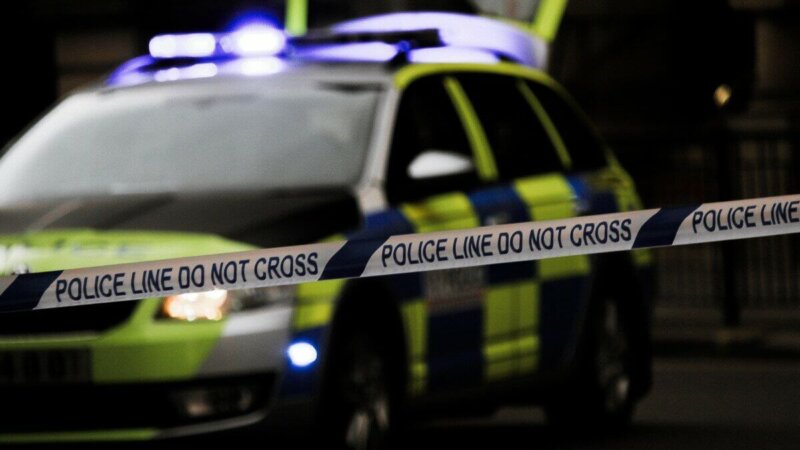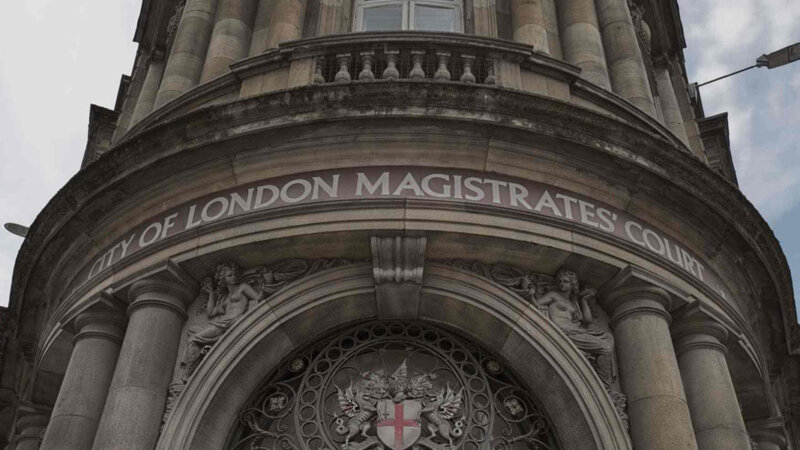Data compiled by London defence solicitors Lawtons.
In the last few years the frequency of violent crime in Britain has increased – there is no doubt that we are facing higher rates of crime across the UK, particularly in major cities such as London and Manchester.
Incidences of violent crime across England and Wales have risen by an alarming 19 % in a year – the number of homicides increased from 649 to 739 between 2018 and 2019 – and crime as a whole by 7%.
The impact of a rapidly rising crime rate on society – described by Alex Mayes, policy and public affairs adviser at Victim Support as a ‘devastating cost’– is having a great impact in a variety of ways.
How can we go about measuring the financial costs of crime?
The cost of crime is usually measured in emotional or psychological terms, rather than economic ones. Nonetheless there is no denying that there is a profound financial cost to each crime committed.
The total cost of a crime can be split into multiple different facets, with the burden divided between multiple individuals and services.
Using data published by the Home Office, we are now able to consider in detail the financial ramifications of each crime across the United Kingdom for a more nuanced view of how society is being affected. This data focuses on five of the most severe types of violent crime against the individual. These include:
- Homicide
- Rape
- Other sexual offences
- Violence with injury
- Violence without injury
The data shows that the financial burden of crimes differs widely in terms of costs incurred for various aspects of the crime. The defence costs that mount up as a result of homicide are far greater than for any other offence, with the total expenditure of a homicide case valued at £61,060 – more than £60,000 greater than the next most expensive (rape, at £970.)
It should be taken into account that whilst the below table uses data from 2015-16, this is still the most up to date data currently published by the Home Office.
Definitions of each type of cost according to the Home Office
Defensive expenditure – The money individuals and businesses spend on crime detection and prevention.
Insurance administration – The cost of employees of insurance firms dealing with insurance claims (e.g. premises, salary and equipment costs) when they could be engaged in other productive activities.
Value of property stolen/damaged – The cost of the value of the property stolen or damaged as a result of crime.
Physical and emotional harm – The reduction in the quality of life of the victim from the physical and emotional harm suffered as a result of the crime.
Lost output – Estimates the lost productivity from time off work and reduced productivity whilst at work for victims of crime.
Health services – The costs from dealing with the physical and emotional harms of crime. These include ambulance costs, medical procedure costs associated with physical
harm, and counselling costs associated with the emotional harms.
Victim services – Covers the cost of support provided to the the victims of crime and the opportunity cost of volunteer time in delivering victim services.
delivering victim services.
Police costs – The opportunity cost of police time and resources taken up by investigating a certain crime rather than engaging in other activities, such as responding to non-crime activities.
Other CJS costs – The costs include those for the Crown Prosecution Service (CPS), court, defence, prison and probation.
How frequent were the incidences of violent crime in 2018?
However, comparing the total costs of each individual violent crime does not give us a comprehensive overall picture. It is essential to compare the number of crimes by type in order to get a broader view.
The most frequently occurring crime is violence without injury, with a total of 658,714 incidents between January 2018 and December 2018. This followed closely by violence with injury, with an estimated 539,767 incidents within the same time frame. Homicide is the rarest crime, with only 732 cases.
The costs incurred by violent crimes across the UK are borne by the emergency services – but what exactly is the distribution of expense between health and police services? A closer look at the data will determine how those costs are divided.
When considering the emergency service costs, the data shows that the cost distribution for police services and health services are remarkably similar, with one exception. Rape costs the police services £366,336,000 in total, in contrast to a much lower total cost of £63,936,000 to the health services.
Meanwhile the rising occurrence of knife crime, (which is classed as a high-harm crime, almost always categorised under the heading of violence with injury), may well be a contributing factor to the high financial costs of violence with injury to the health and police services in the UK.
When considering the above data, it is apparent that violence with injury and violence without injury carry the highest costs for the emergency and CJS services. Yet this contrasts with the statistics discussed earlier, which clearly show that homicides represent the largest financial burden.
Taken at face value this appears to be a discrepancy. However, a closer look into the financial cost of a homicide reveals quite the opposite.
The physical and emotional harm costs associated with homicide cases, despite their rarity compared to other violent crimes, are astonishingly high – £2,082,430 per case. By contrast, the physical and emotional harm expense of violence with injury is £8,240 and without injury £2,810.
Taking into consideration figures like these, it is all too clear to see why homicides are the largest financial burden on the UK out of any violent crime.
The overall cost to society for each crime
Costs to the emergency services
Looking at the figures above relating to the costs inflicted on the police and medical services, you can see that violence – with and without injury – results in the highest cost for the emergency services, with homicide as the lowest cost.
This might seem surprising when the overall figures in the initial table of ‘total costs of each individual crime’ tell us that homicides carry the largest individual financial burden.
Why is this?
The cost of homicides to the criminal justice system as a total will be a lower figure than violence with or without injury. This is simply due to the fewer number of murders. An individual homicide will incur huge legal and policing costs, especially if the case remains unsolved for years. According to the Home Office homicide index, 17% of homicides over the last 20 years are unsolved with no conviction and ongoing costs. Even when murders are solved, the cost of keeping the murderer incarcerated costs the taxpayer multi-millions of pounds.
Rape and sexual offences have a low CJS cost because so many rapists are not brought to justice. Often this is due to the victim’s fear in coming forward, resulting in them never going to the police, or not until years later – when it is too late for physical evidence. Serial rapists can remain untracked due to their victims being too frightened not go to police, afraid for their safety, feeling ashamed, that they were to blame, or feeling like they will not be believed.
Conviction rates for rape are therefore very low – around 3% of the estimated 97,000 rapes per year in the UK end with a guilty conviction.
Past media reports have shown that in around 23,000 rape cases – just 3,000 ended in a conviction.
Why is this interesting?
There has been a lot of media criticism of the way rape cases are handled in the last few years, with charities lobbying for change. It is clear that there needs to be more accountability and more financial investment for the support of rape victims so that they have the courage to go to police and therefore more rapists can be convicted.
The procedure that a rape victim can be put through can be distressing in itself. Rape Crisis Centres are experiencing demand for counselling support that they cannot meet. Taking a look at the ‘total costs of each individual crime’ table, the victim services for an individual rape are just £40 and other sexual offences just £10 – offences which may damage a victim for a lifetime.
Along with the clear need to increase financial provision for rape victims, there is rising knife crime in the UK, with the accompanying financial costs to society also on the increase.
This comes at a time when the funding cuts that the NHS and police services are suffering dominates the headlines, along with the current financial pressure of economic uncertainty – the cost of this will have a ripple effect across all crime statistics.





